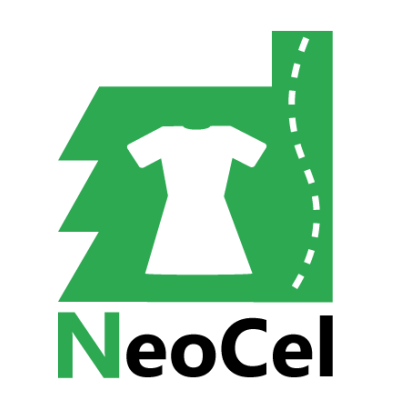
NeoCel
NeoCel – Novel processes for sustainable cellulose-based materials

NeoCel – Novel processes for sustainable cellulose-based materials
As the world’s population increases, it needs more textiles. A source with great potential for long term increase in production volumes are man-made cellulosic fibres.
The NeoCel project will develop innovative and techno-economically feasible processes for producing high quality textile fibres from reactive high cellulose pulps. It will enhance the use of cellulose from sustainable sources, with a special focus on textiles.
NeoCel will reduce the environmental impact and occupational health issues relating to man-made cellulose fibre production and promote sustainably produced, good quality man-made cellulosic fibres for the textile and fashion industries.